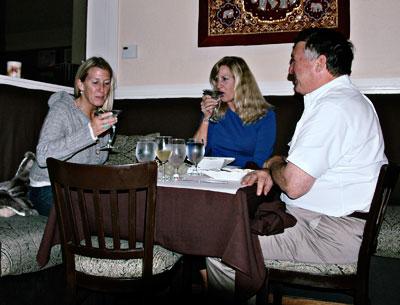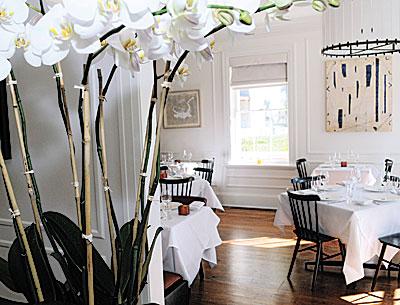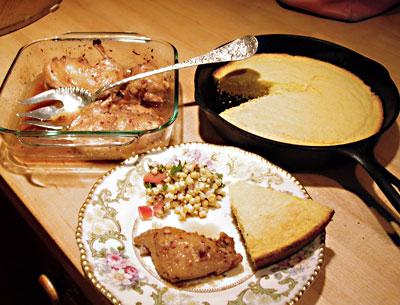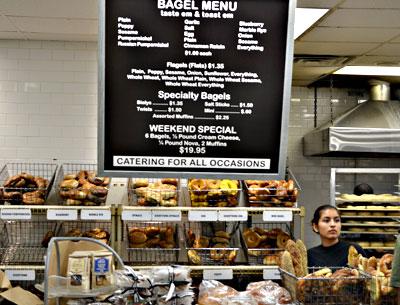News for Foodies: 11.01.12
News for Foodies: 11.01.12
The annual fall Long Island Restaurant Week begins on Sunday. Diners will be offered a three-course prix fixe for $24.95 per person at participating restaurants across Long Island. The special, however, will only be available until 7 p.m. on Saturday. East End eateries that are offering the deal include Almond and Osteria Salina in Bridgehampton, Muse in Harbor in Sag Harbor, Nick & Toni’s, the 1770 House, and the Living Room in East Hampton, Gulf Coast Kitchen in Montauk, and Redbar Brasserie and the Plaza Cafe in Southampton. A full list of all the Nassau and Suffolk restaurants that are participating can be found at longislandrestaurant.com.
Slow Food Events
Reservations are being taken for two upcoming events sponsored by the local Slow Food chapter.
Foody’s restaurant in Water Mill will host a harvest dinner and author’s night on Nov. 10, with two seatings, at 6 and 8:30 p.m. The evening will feature Leann Lavin, the author of the newly published “Hamptons and Long Island Homegrown Cookbook,” who will discuss her book, which explores the farm to table movement, and the people who inspired her to write it.
Bryan Futerman, the chef and owner of Foody’s, will prepare a dinner of duck liver mousse crostini, exotic-spiced Long Island cheese pumpkin soup, Falkowski farm oyster mushrooms, caramelized Peconic Bay scallops, Halsey Farm cauliflower, Long Island duck, rutabaga mash and local Brussels sprouts, and a dessert made with apples from the Milk Pail. Wines from Paumanok Vineyards and Thunder Island organic coffee will be served.
The five-course dinner will cost $75 per person plus tax and gratuity and benefit Slow Food East End. Other donations will be collected for the Edible School Garden group’s Kickstarter.com campaign to pay for the publication of a book. Slow Food members and their guests, as well as donors, will receive a $10 discount. Reservations are required.
Slow Food will also sponsor a “healthy families potluck” on Nov. 11 from 4 to 6 p.m. at the Hayground School in Bridgehampton.
Nadia Ernestus, a Slow Food member who is a health coach specializing in raw food, will be the host of the evening, which will focus on how to incorporate healthy eating habits into everyday meals.
The potluck is free. Those who attend have been asked to take a healthy dish, and their own beverages. A dessert of “surprise smoothies” will be served to top it off.
New Cupcake Flavor
The Hamptons Cupcake Lounge has announced a new cupcake flavor just in time for fall. Called Sweet Pot, it is made with organic sweet potato puree and crushed pineapple and topped with cinnamon cream cheese frosting. The cupcakes can be ordered online at hamptonscupcakelounge.com.





